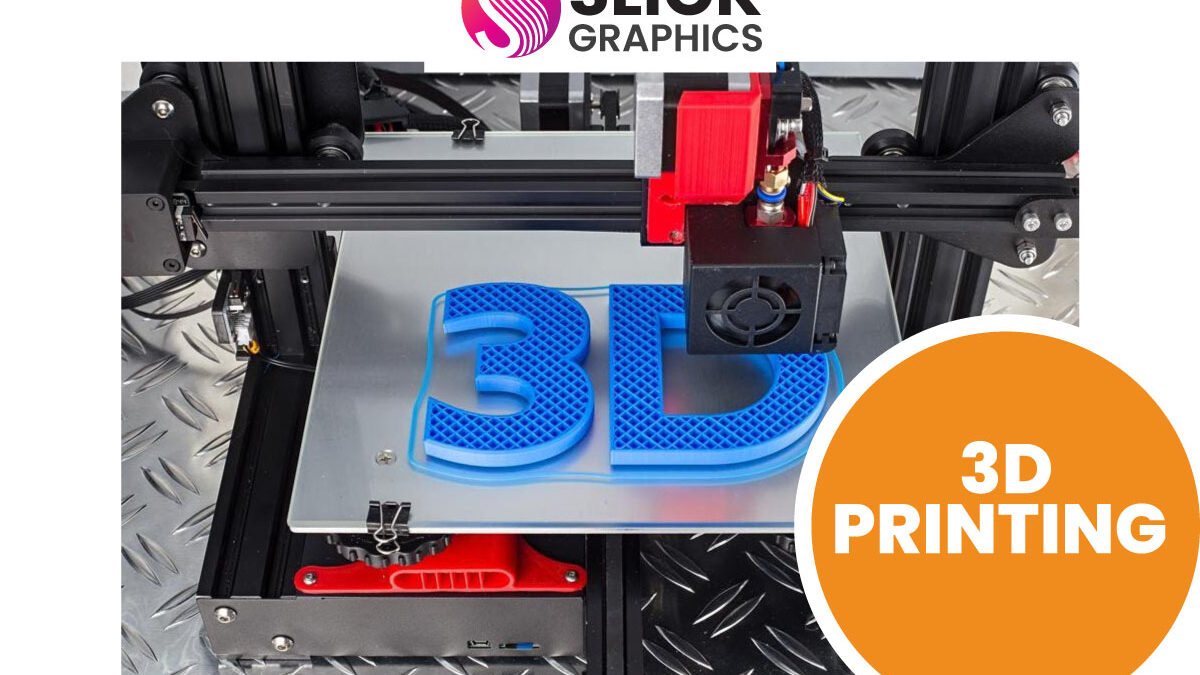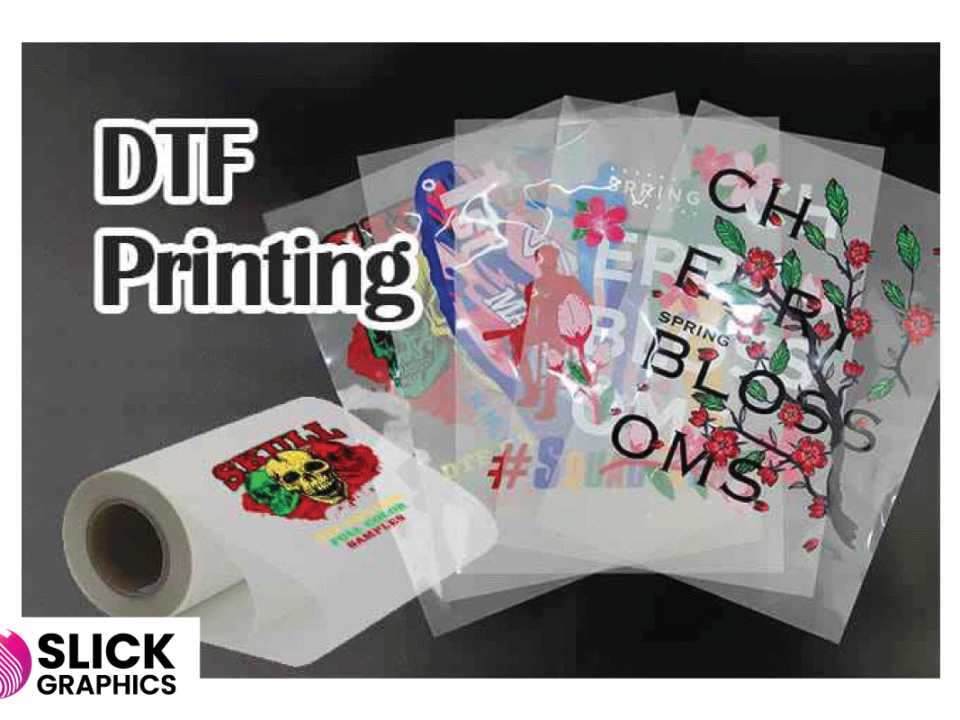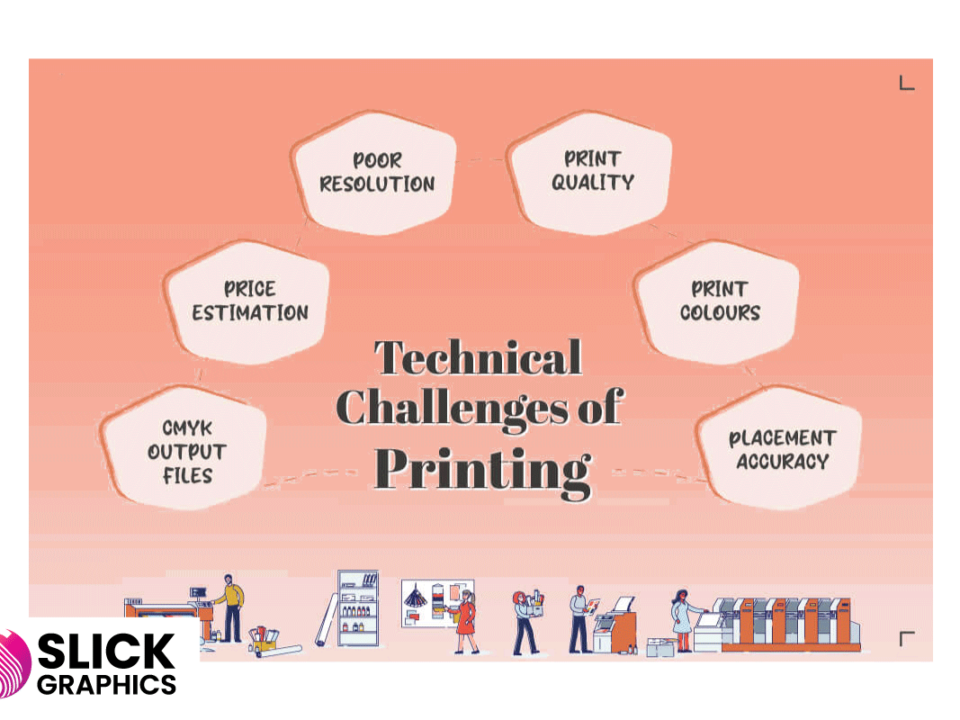3D Printing Transforms Uganda’s Healthcare
3D Printing Transforms Uganda’s Healthcare
In recent years, 3D printing has emerged as a groundbreaking technology that is revolutionizing industries around the world, and the healthcare sector is no exception. In Uganda, where access to advanced medical equipment and specialized tools is limited, 3D printing is playing a transformative role in providing innovative solutions to healthcare challenges. By enabling the rapid production of medical devices, prosthetics, and customized tools, 3D printing is bridging gaps in Uganda’s healthcare system. Companies like Slick Graphics are at the forefront of this technological evolution, contributing to the adoption of 3D printing for healthcare applications.
The Role of 3D Printing in Healthcare
3D printing, or additive manufacturing, allows for the creation of three-dimensional objects by layering materials based on digital models. In healthcare, this technology is being used to manufacture everything from surgical instruments to personalized prosthetics and even tissue models for research and educational purposes. This innovation is especially valuable in countries like Uganda, where the cost and availability of medical supplies can be a significant barrier to quality care.
Some key areas where 3D printing is making an impact in Uganda’s healthcare sector include:
- Customized Prosthetics
3D printing allows for the production of highly customized prosthetics at a fraction of the cost of traditional methods. This is particularly significant for individuals who have lost limbs due to accidents, diseases, or birth defects. The ability to design prosthetics tailored to each patient’s specific measurements not only improves comfort but also enhances mobility and quality of life. In Uganda, where prosthetics are often unaffordable, 3D printing provides a more accessible and efficient solution. - Affordable Medical Devices
The high cost of importing medical equipment has long been a challenge for Uganda’s healthcare system. With 3D printing, hospitals and clinics can produce essential medical devices such as forceps, surgical guides, and clamps locally, reducing costs and improving access to life-saving tools. This is particularly beneficial in rural areas, where medical facilities often struggle with resource shortages. - Educational and Surgical Models
Medical professionals in Uganda can use 3D printing to create accurate anatomical models for educational purposes and surgical planning. These models allow doctors to better understand complex procedures and practice surgeries before performing them on actual patients. This enhances precision during operations and reduces the risks associated with surgeries.
Slick Graphics: Pioneering 3D Printing in Uganda
Slick Graphics, a leading design and branding company in Uganda, is known for its expertise in creating cutting-edge solutions for a wide range of industries. With a focus on innovation, Slick Graphics is expanding its services to include 3D printing, recognizing the transformative potential it holds for the healthcare sector.
By leveraging 3D printing technology, Slick Graphics is helping to bridge the gap between demand and supply in Uganda’s healthcare system. The company is working with hospitals, clinics, and medical professionals to create customized healthcare solutions that are both cost-effective and tailored to the unique needs of patients and medical practitioners in the country.
Slick Graphics’ entry into the 3D printing space is a significant step toward modernizing Uganda’s healthcare industry, enabling local production of medical devices and ensuring that cutting-edge technology is accessible to everyone, regardless of geographic or economic constraints.
Challenges and the Way Forward
While 3D printing offers immense promise, there are still challenges to its widespread adoption in Uganda’s healthcare sector. The cost of high-quality 3D printers, a lack of technical expertise, and limited access to raw materials can hinder progress. However, companies like Slick Graphics are committed to overcoming these obstacles by offering affordable, locally produced solutions and providing training and education to healthcare professionals on how to use this technology effectively.
Conclusion
The integration of 3D printing into Uganda’s healthcare system represents a major step forward in providing affordable, efficient, and personalized medical care. As companies like Slick Graphics continue to innovate and expand the use of 3D printing, the potential for improving healthcare outcomes in Uganda grows exponentially. By embracing this technology, Uganda has the opportunity to transform its healthcare system and improve the lives of countless individuals in need of medical care.



